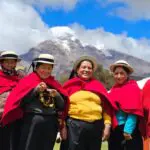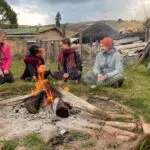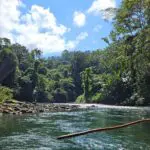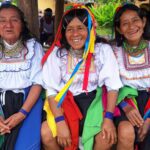On the first day of the year every 4 years, Lima presents its new political leaders. Months before the elections, candidate-mayors make many promises on their visits to the most populated neighborhoods, kissing and hugging everyone while they promise change and improvement.
Lima is a city that practically doesn’t have borders in its northern and southern extremes. It has become a megalopolis with almost 10 million inhabitants, and uncountable realities.
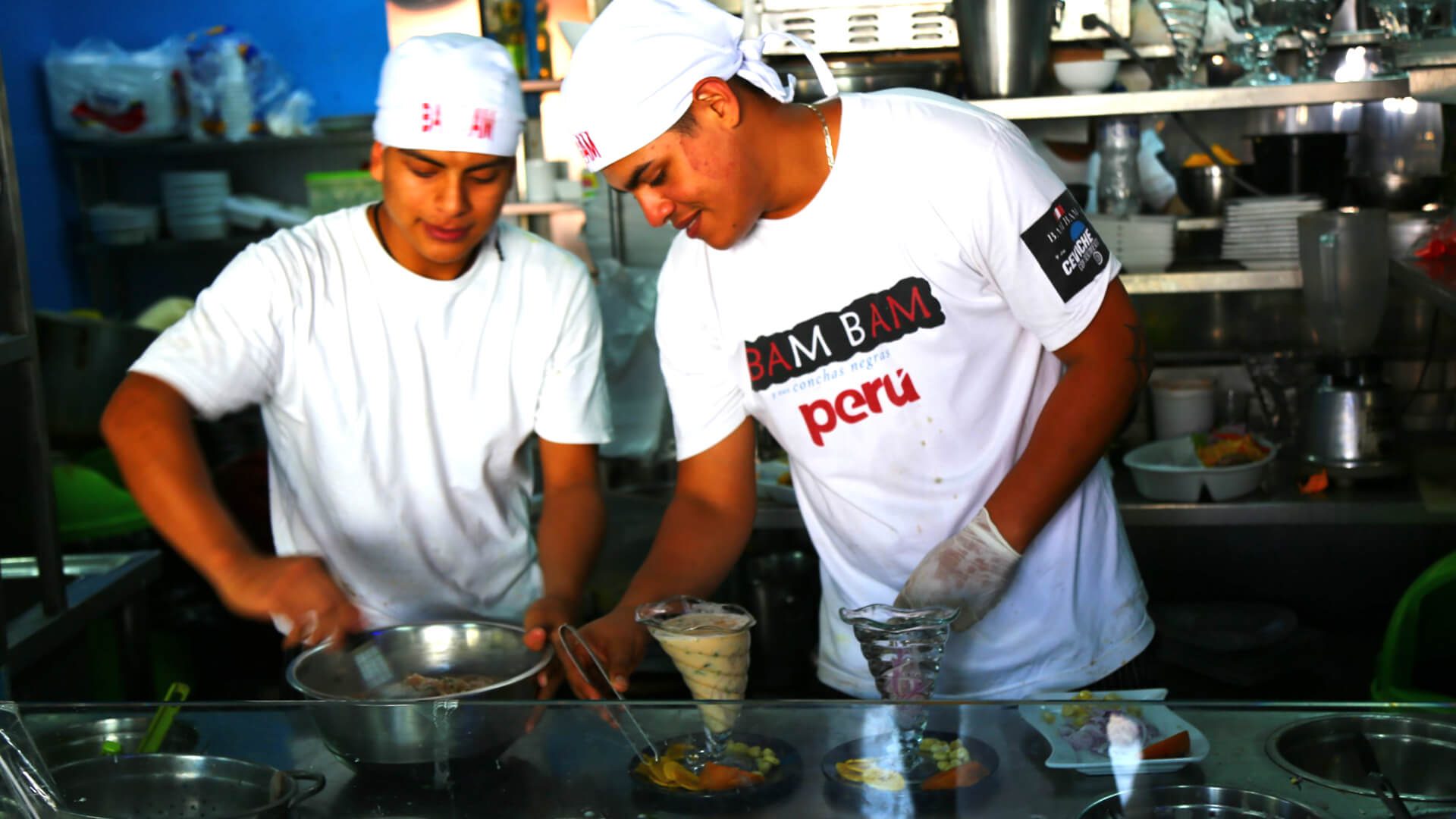
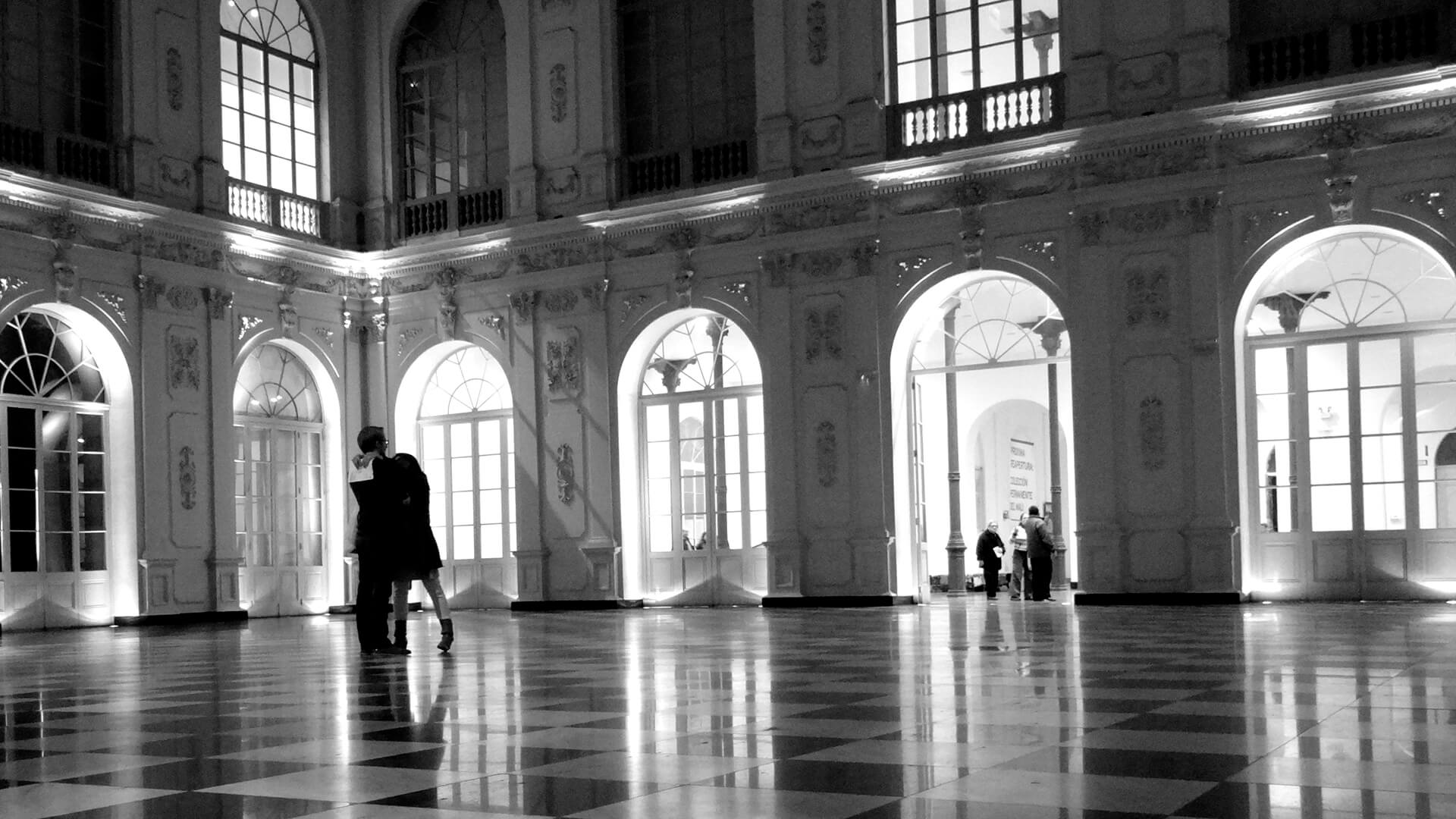
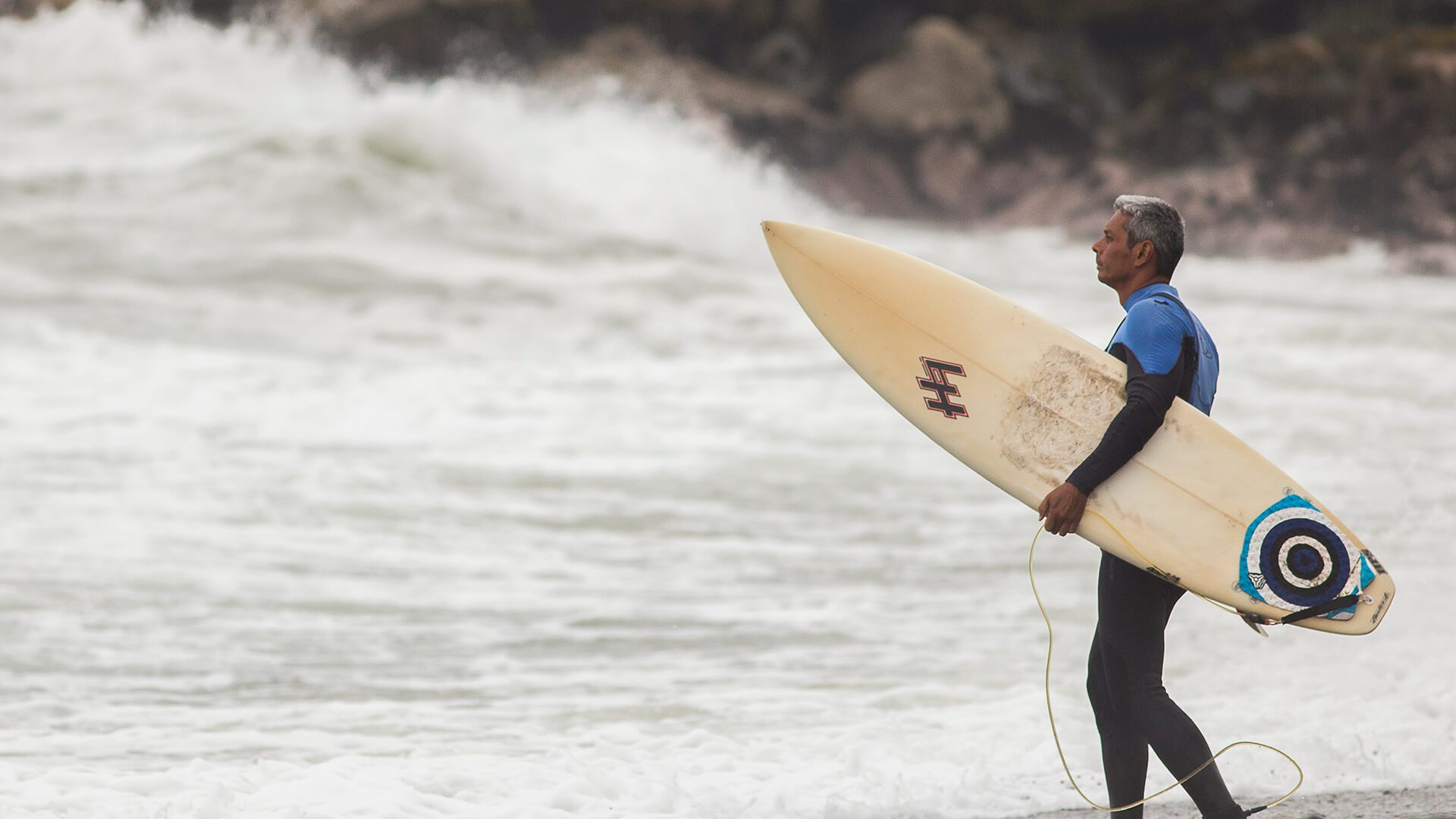
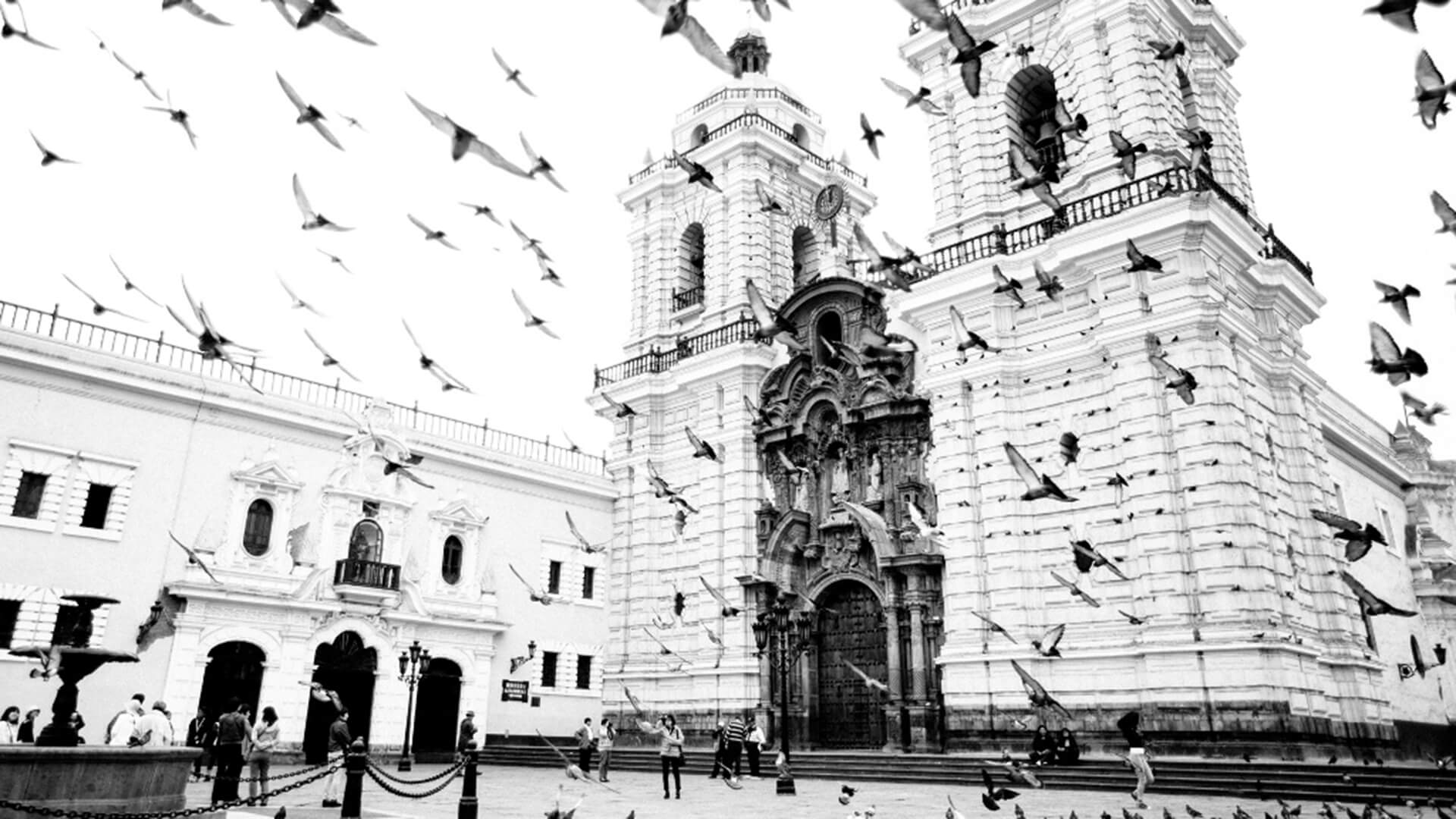
Because of its immense size, it is not surprising that there are many versions of this same city, for instance Gastronomical Lima, which is really booming nowadays; Historical Lima, which has always been there; Adventurous Lima, with its surfing, parapenting and biking; or Cultural Lima, with is spectacular museums, theaters, art galeries and concerts.
But there is always the Forgotten Lima, which is actually the largest of them all, the Lima that houses many faces and realities, but that often remains hidden because of the coastal fog, the desert sand and finally the distance and indifference.
The People, the Places and our Allies
Who these inhabitants of this Forgotten Lima are, what they do to survive, why they’re there? and so many more questions are not answered upon arrival at the airport, even if they clearly can be seen through the plane window. They are not answered during dessert at the best restaurants of the city, or or while waiting for the best wave. Neither do the flyers or programs of expositions or events have this information.
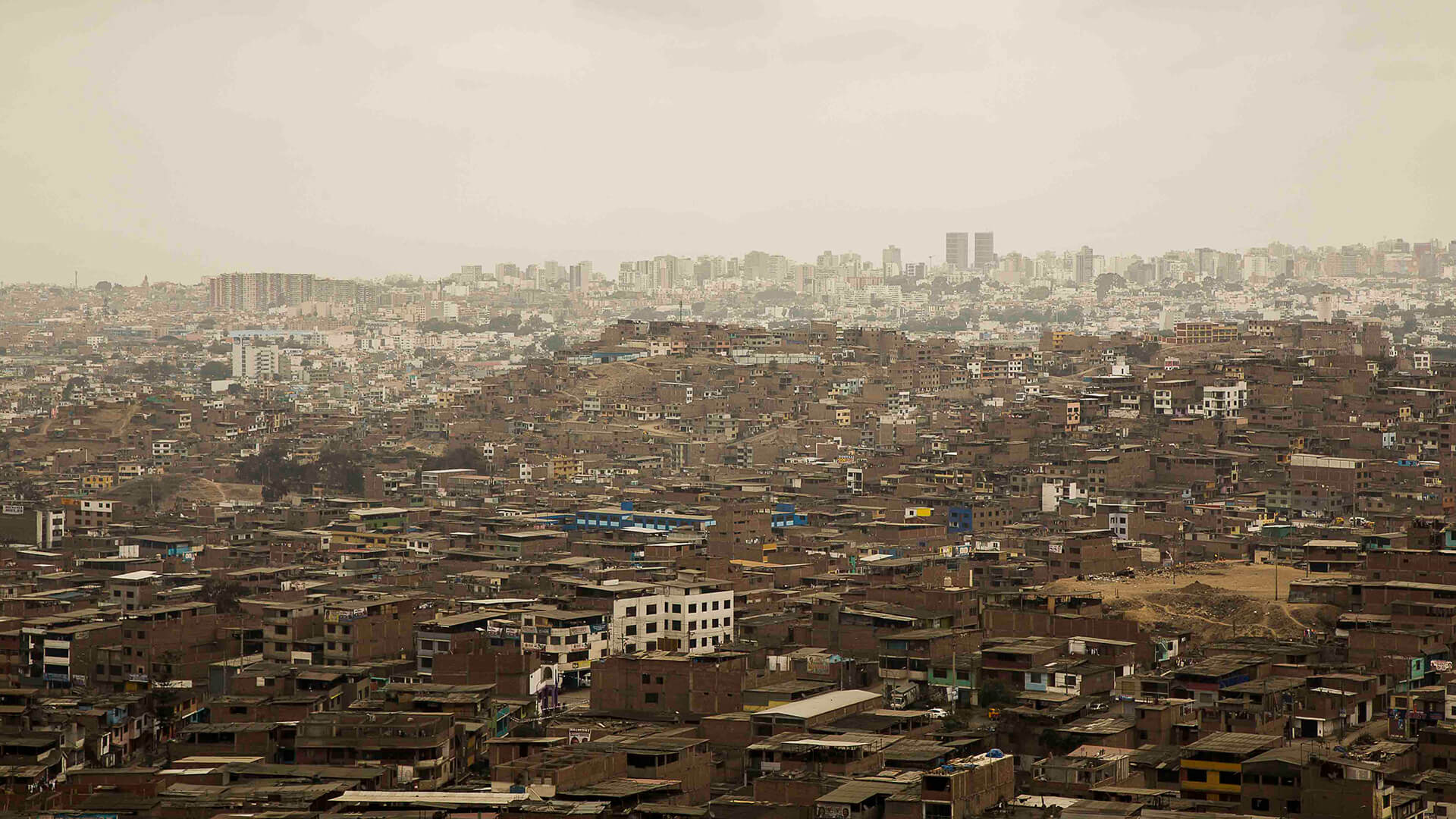
But what has all this to do with us, with tourism, with marvellous Peru, our pride and dream destination for foreigners? Well, everything depends on a visitor’s travel philosophy, his or her commitment with the destination and finally, with responsibility.
Luckily we can count on important allies that, just like us, have had the courage to look for alternatives to conventional tourism, creating opportunities for authentic cultural exchange and life experiences that show reality.
The tourist destination Peru, seen from a panoramic view, is tempting and charming, but leaves out everything and everyone who are the true engine of society, peasants and fishermen, domestic workers, street vendors, craftsmen, cooks, waiters, guards, drivers, maintenance staff, laborers, recyclers and so many more.
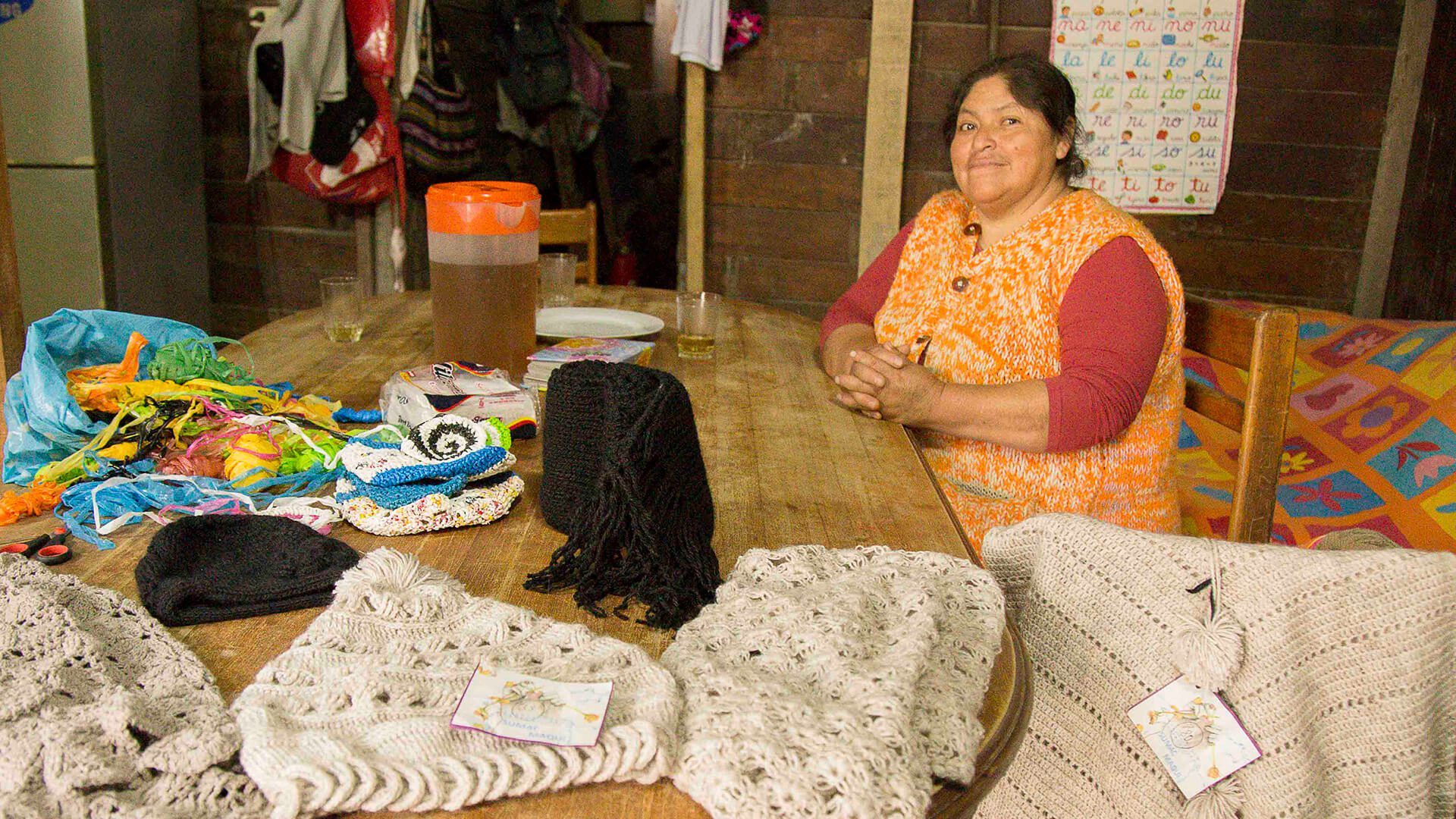
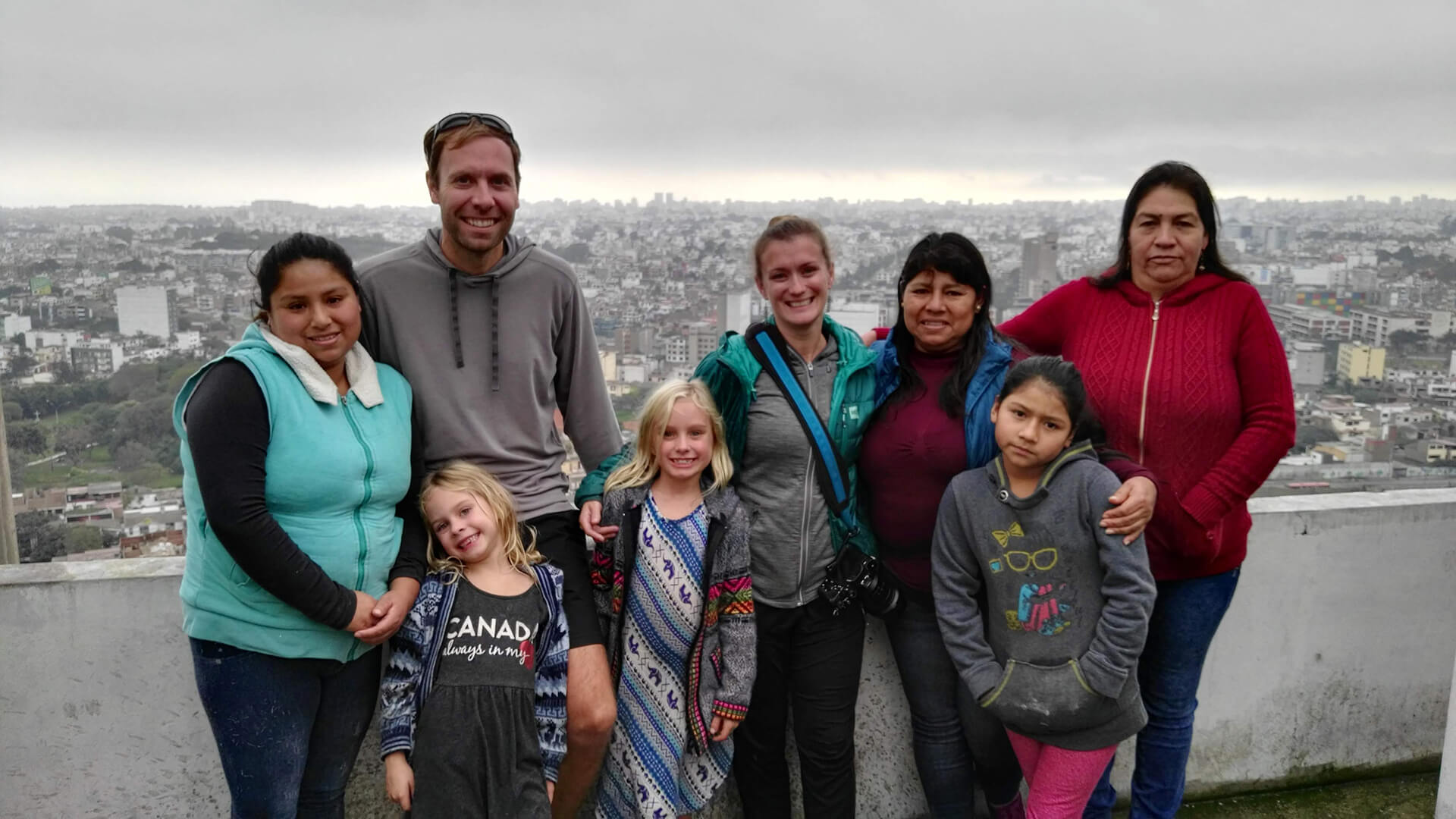
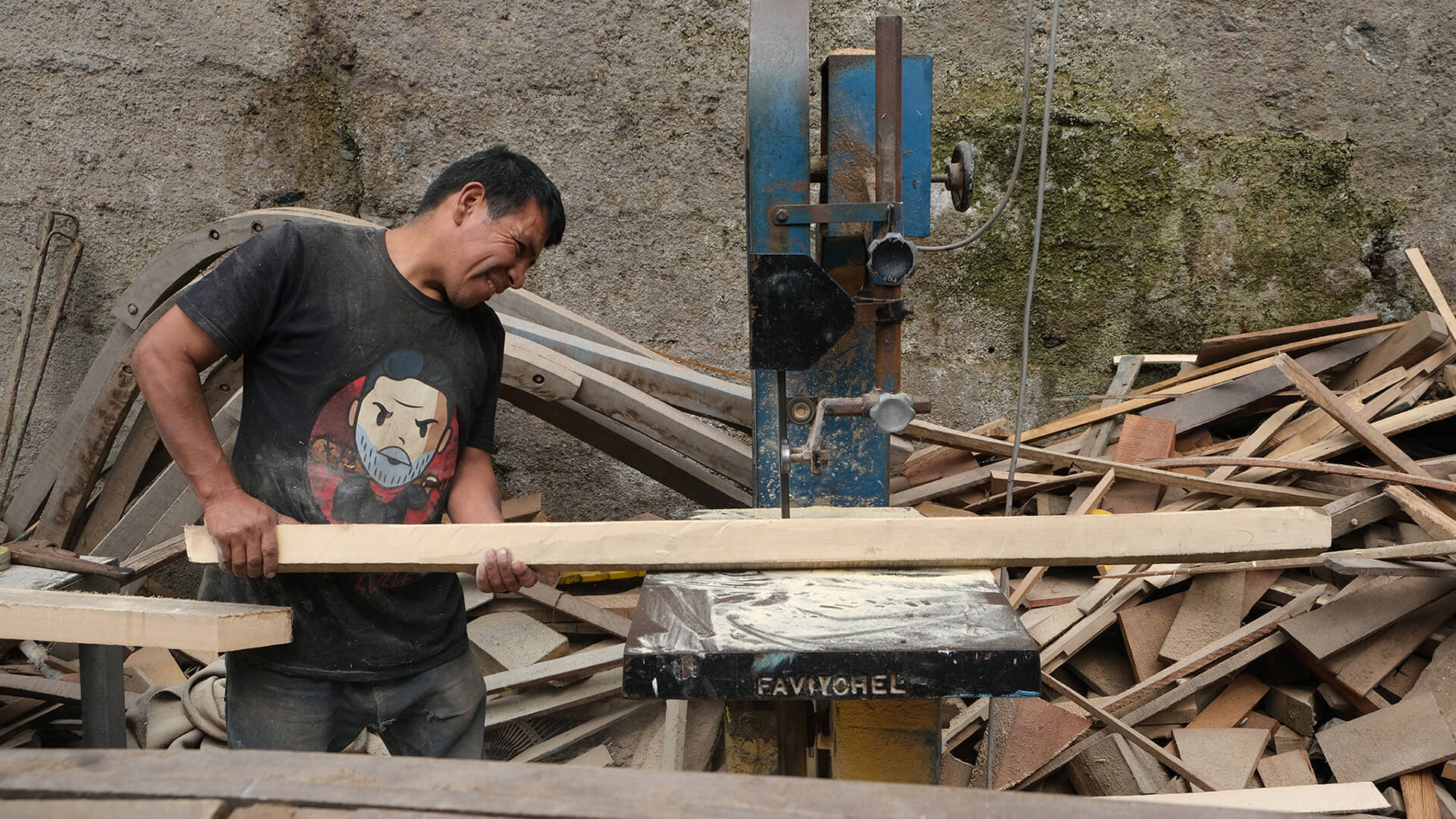
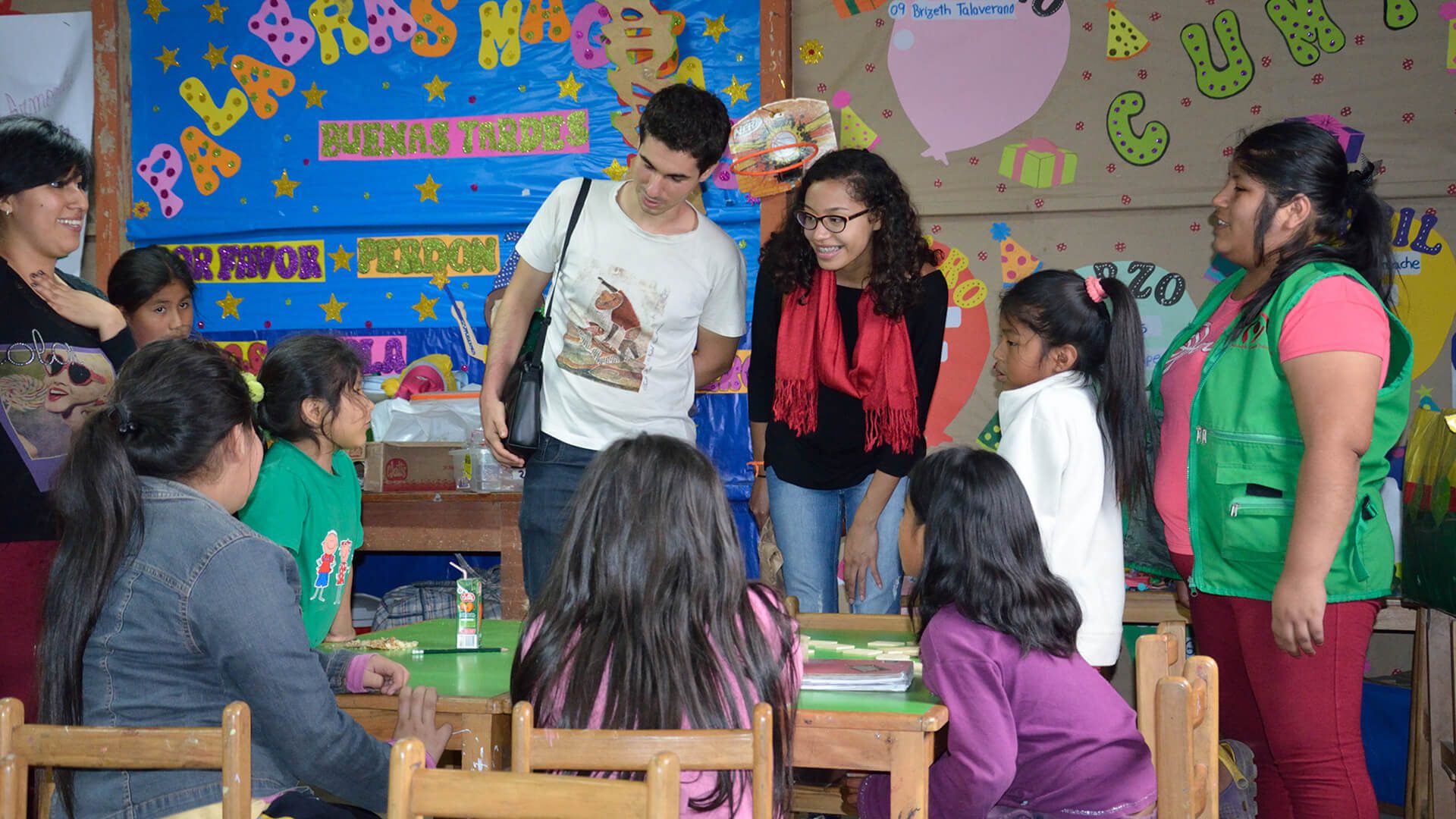
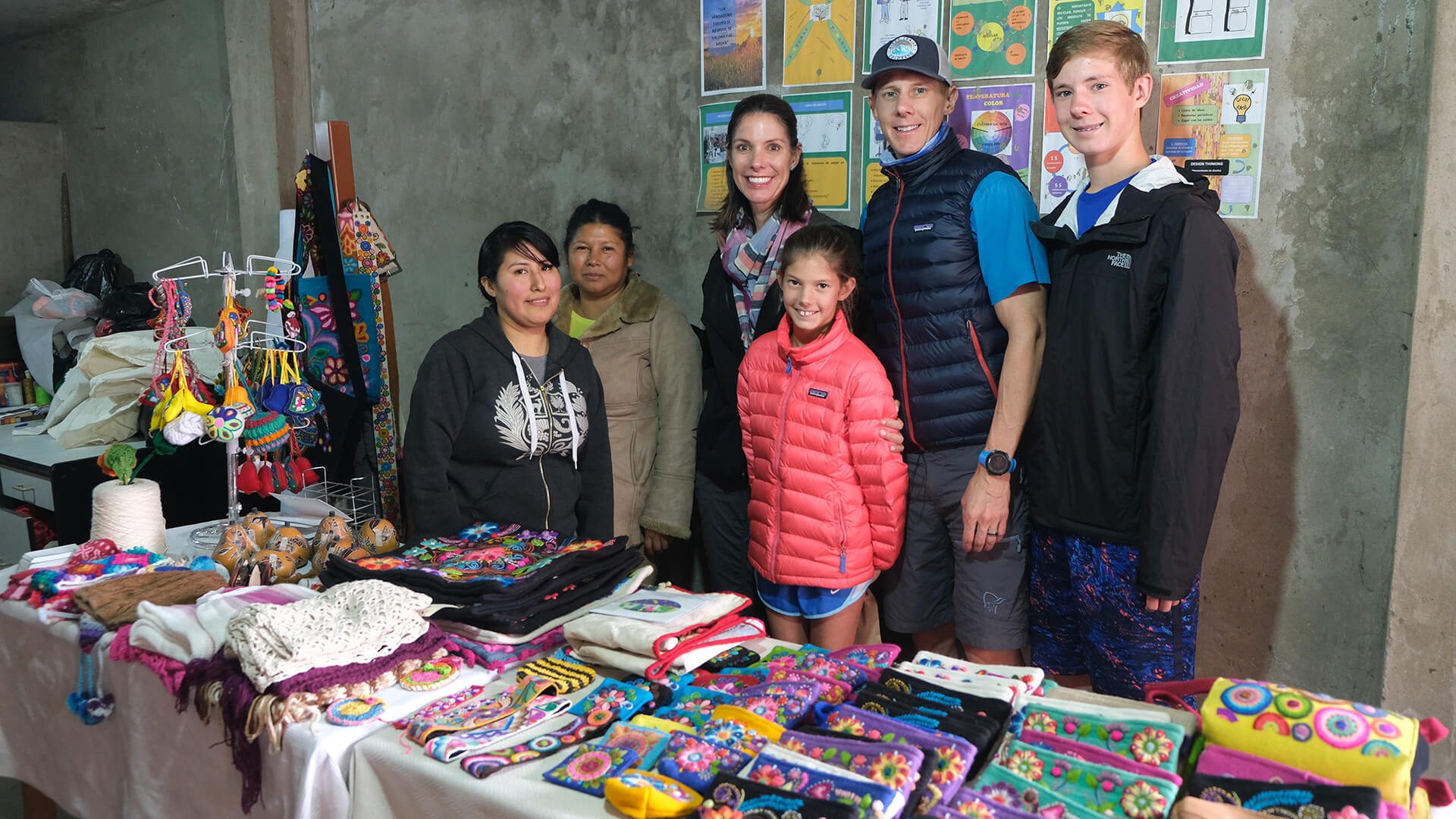
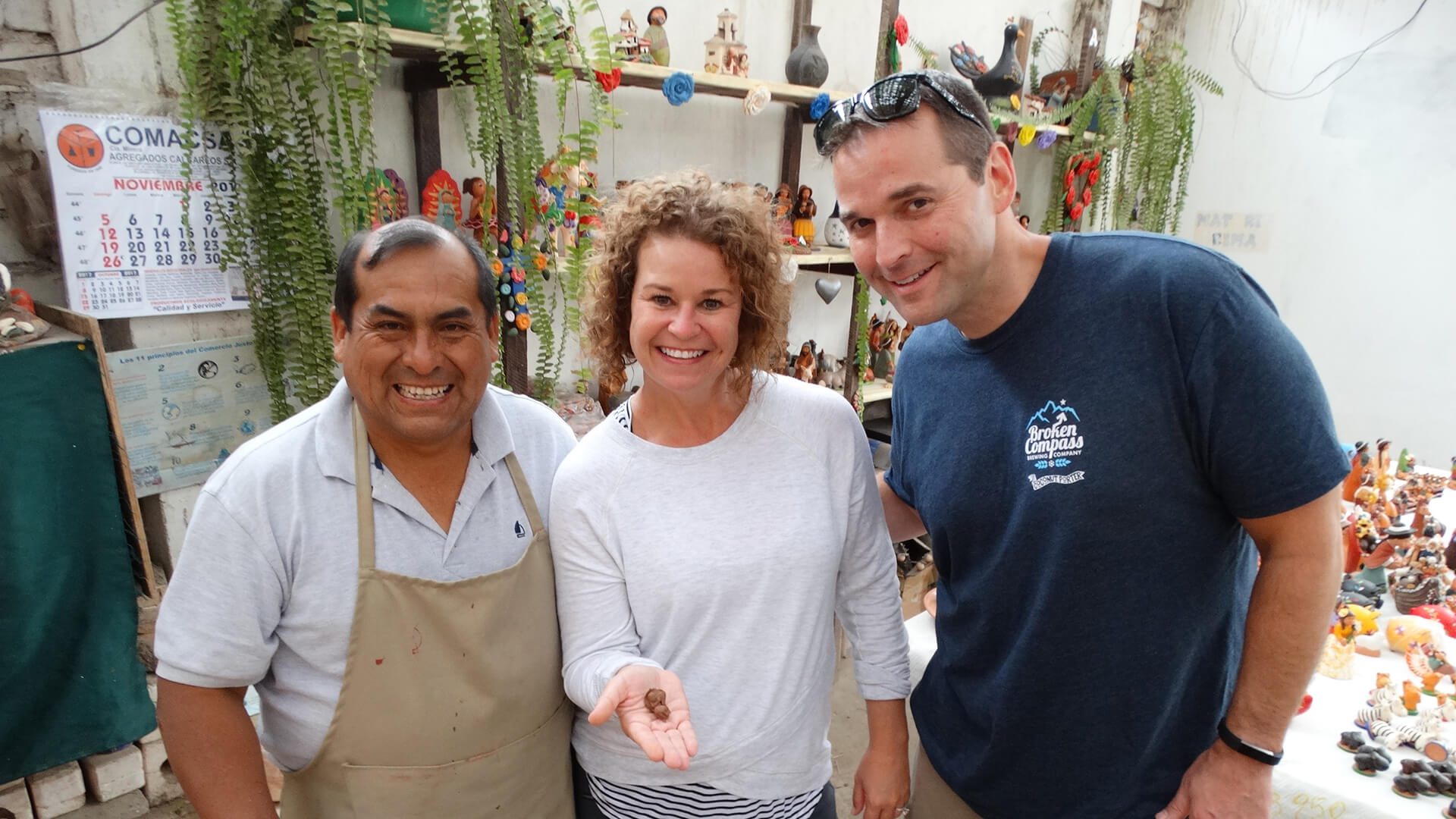
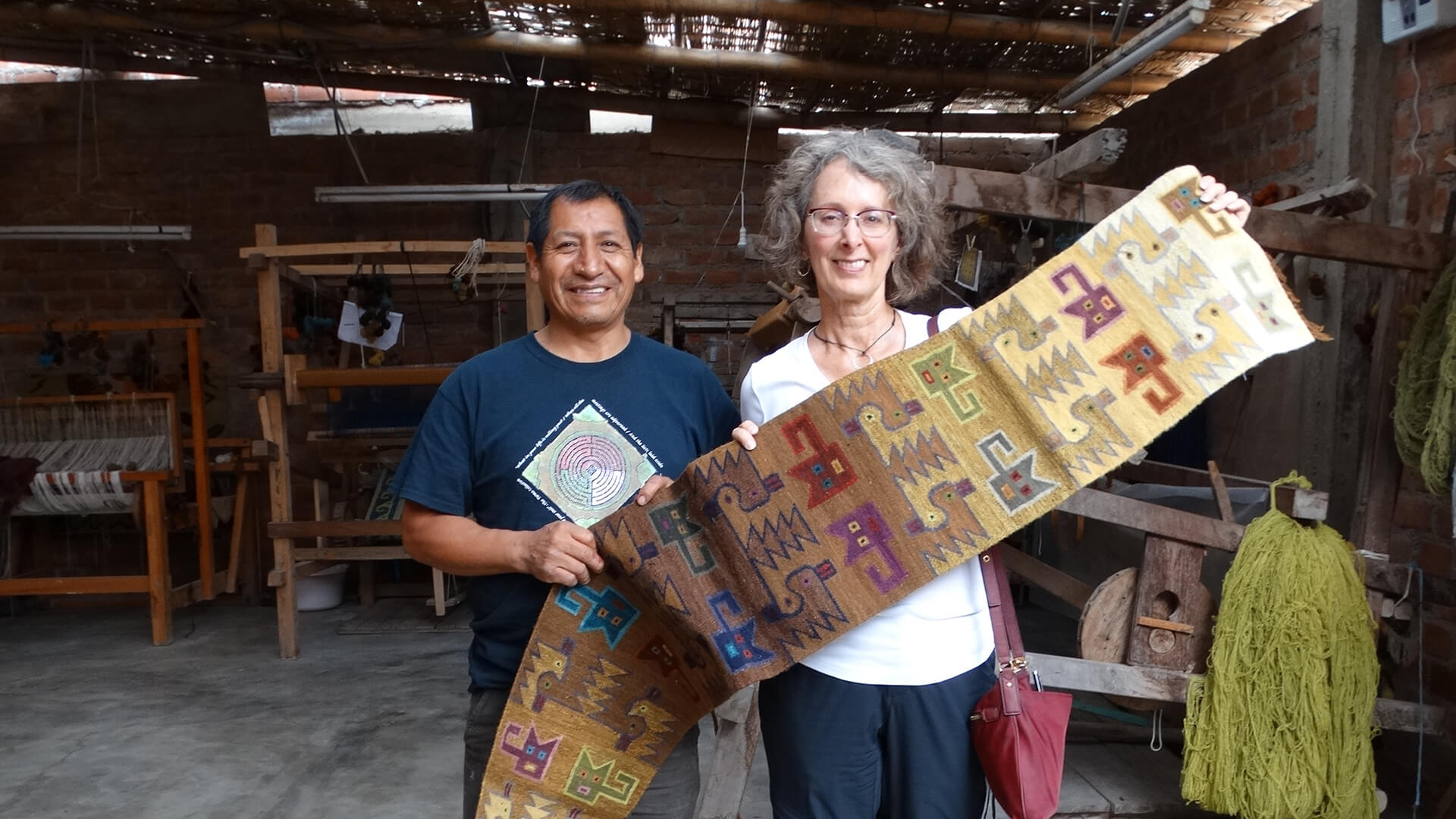
The people you will meet and the places you will visit are the result of the massive internal migration from all corners of Peru to the capital, for reasons as diverse as to run from violence from terrorism, social neglect, the lack of job opportunities or quality education and many other things.
The “new” Limas, as some have called them, are where those people who give life to the “classic” Lima rest and have dinner with their families (if they’re lucky), and have grown so much more than the “original” Lima to the point of practically absorbing it.
Have you ever heard about the ‘villas’ or villages of Lima (Villa Maria del Triunfo, Villa El Salvador), about the ‘cono norte’ or north cone (Comas, Carabayllo, Puente Piedra, Los Olivos) or about the most densely populated district in the country (San Juan de Lurigancho)? Probably not, and there is no reason to be surprised, because few people pay attention to them, let alone conventional tourism.
It is mainly non-governmental organizations, universities and volunteer groups that first make contact in human settlements. The deficiencies in basic services such as electricity, water and sewage, roads and transportation, health and waste disposal, education and recreation make these places priority sites for action. However, if it is not the electoral season, the presence of the local or central government will hardly be noticed.
A Sustainable Future is Possible
We have named this article “forgotten Lima”, but we are excited that there are people working to put the spotlight on these people who seem to have no face for the government, who seem to not have needs like the rest of society but who travel daily the streets of the “classic” Lima, fill its public transport and enter the markets, offices, classrooms and all public and private spaces, to return to anonymity again at night.
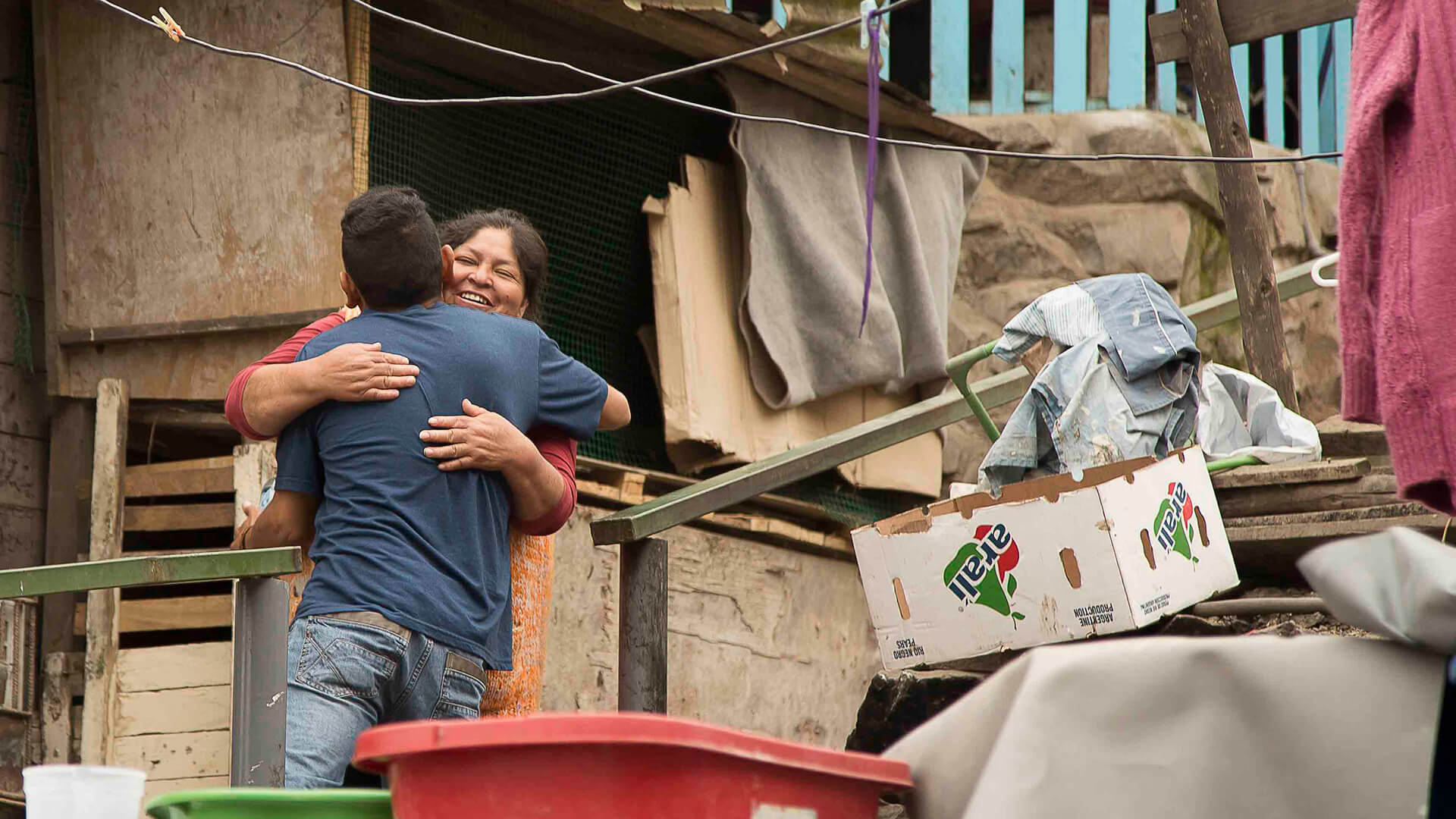
It is inspiring to discover the hopeful, optimistic side and the positive initiatives that exist in the forgotten Lima, without leaving aside the inequality and the harsh reality these people face which is easily perceived by getting to know for example the impressive cemetery, supposedly the second largest in the world, or by observing the walled boundaries between a wealthy and a poor district.
Visiting these difficult and harsh environments does not have to be a dangerous excursion, much less depressing, on the contrary, it encourages reflection and it is inspirational to see the optimistic and hopeful attitude in the face of adversity of the people you will meet on the tour.
The social and environmental projects that have been innovatively established in these human settlements are a ray of hope, which, in turn, increasingly attract more initiatives such as tourism, and put into motion a chain of good intentions that is strengthened with each new link that is added.
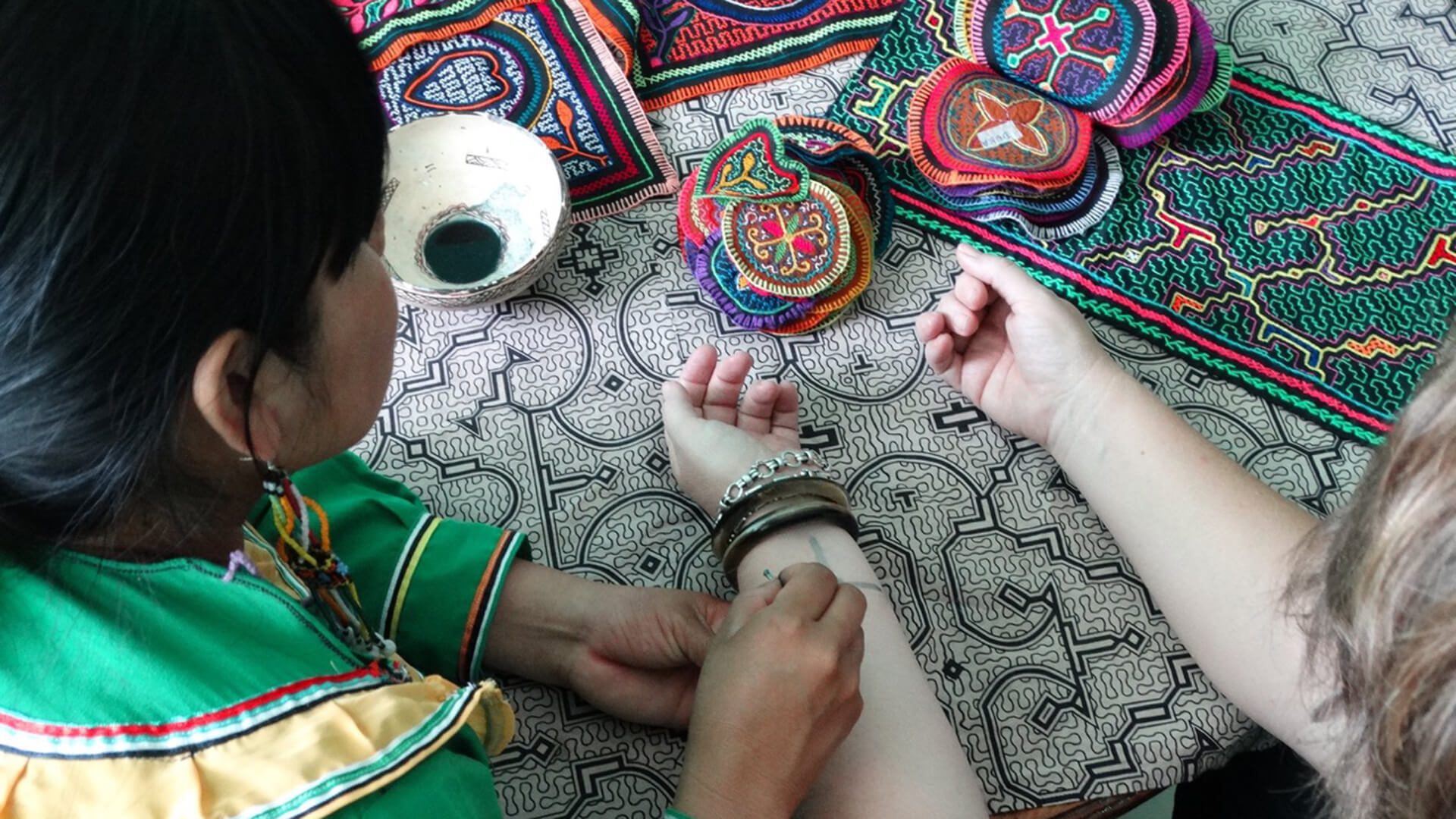
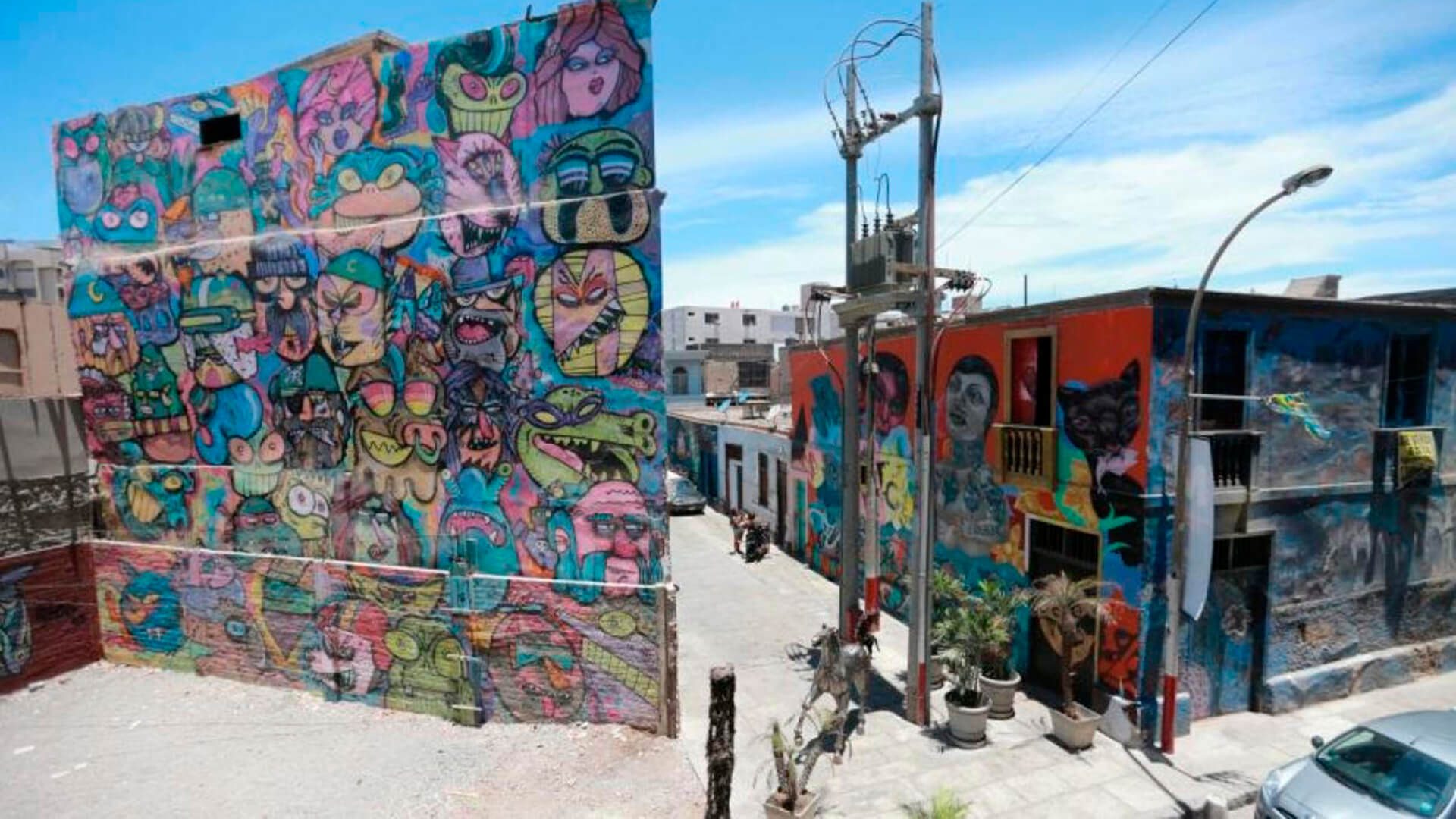
It’s good to know that the options to get to know this alternative reality are increasing. It seems innovative to be able to visit for example: the most important archaeological center of Lima in the morning and then, the same day, a community of migrant artisans who open the doors of their workshops and their lives to visitors; or to spend a morning at a market, trying Peruvian products and foods and ending up in a human settlement learning about a social project. Other options include a visit to a formerly forgotten neighborhood that was revived through street art, spend time with Lima’s artisinal fishermen, or discover an Amazonian indigenous community that, despite all the difficulties posed by settling in a decadent mega-city, continues to strive to preserve its original customs.
Leave your Print with Responsibility
Do visit the capital’s main attractions and try its fantastic food, or enjoy the wonders of modernity and local culture when you’re in Lima. But also dedicate some time to get to know those forgotten places and its people. You will be amazed by their incredible spirit and perseverance and where there is also room for laughter and friendship, dreams and happiness.
Get off the beaten path and let the experts in responsible traveling take you to this different side of Lima, and hopefully we’ll soon be able to stop calling it the Forgotten Lima.

